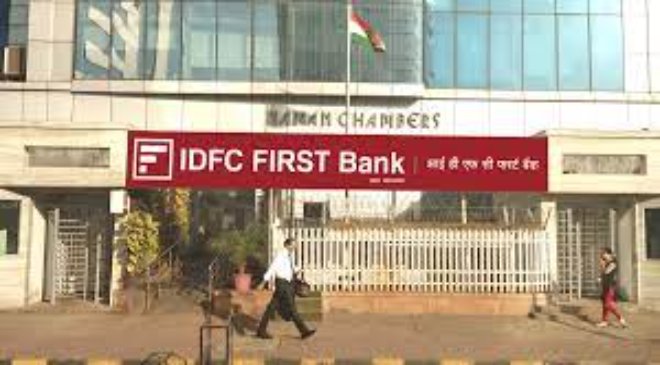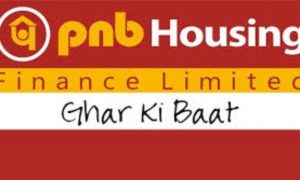The bank posted a bottom-line of Rs 605 crore in the December quarter, up nearly 9% on quarter.
IDFC First Bank’s net profit rose 115% year-on-year in October-December due to a growth in its net interest income.
The bank posted a bottom-line of Rs 605 crore in the December quarter, up nearly 9% on quarter.
The bank’s net interest income grew 27% year-on-year to Rs 3,285 crore in October-December.
The net interest income was aided by a growth in the bank’ funded assets.
Read More: Sukanya Samriddhi Yojana, Eligibility, Benefits Of The Saving Scheme
The funded assets, which includes advances and credit substitutes, rose 25% year-on-year to Rs 1.5 trillion as on December 31.
The bank continues to wind down infrastructure financing, as per stated strategy. It reduced its infrastructure financing book by 31% year-on-year. The book now constitutes only 3.7% of total funded assets, the bank said in a press release.
Also, exposure to top 20 single borrowers reduced to 7% as on December 31 from 11% a year ago.
Customer deposits rose 44% year-on-year to Rs 1.2 trillion as on December 31.
Specifically, Current account savings account (CASA) deposits grew 39% y-o-y to Rs 66,498 crore as on December 31.
CASA ratio fell to 50% as on December 31 from 51.6% a year ago. Retail deposits constitutes 77% of total customer deposits as of December 31.
Read More: Looking For Investment In Bonds? Know What Are Government And Corporate Bonds
Legacy High Cost Borrowings fell to Rs 18,762 crore as on December 31 from Rs 26,163 crore a year ago.
The bank’s gross non-performing asset ratio fell to 2.96% as on December 31 from 3.96% a year ago.
Net non-performing asset ratio fell to 1.03% as on December 31 from 1.74% a year ago.
In the retail and commercial business, gross non-performing asset ratio stood at 1.87% as on December 31. Net non-performing asset ratio in this business stood at 0.70% as on December 31.
“The bounce rate on first EMI presentation after loan booking, which is a direct indicator of incremental loan booking quality, has dropped by 34% as compared to pre-Covid level. This indicates that the incremental quality of loan bookings done by the bank is much improved, which indicates lower NPA creation in future,” the release said.
Capital Adequacy ratio of the bank stood at 16.06% as on December 31.

































